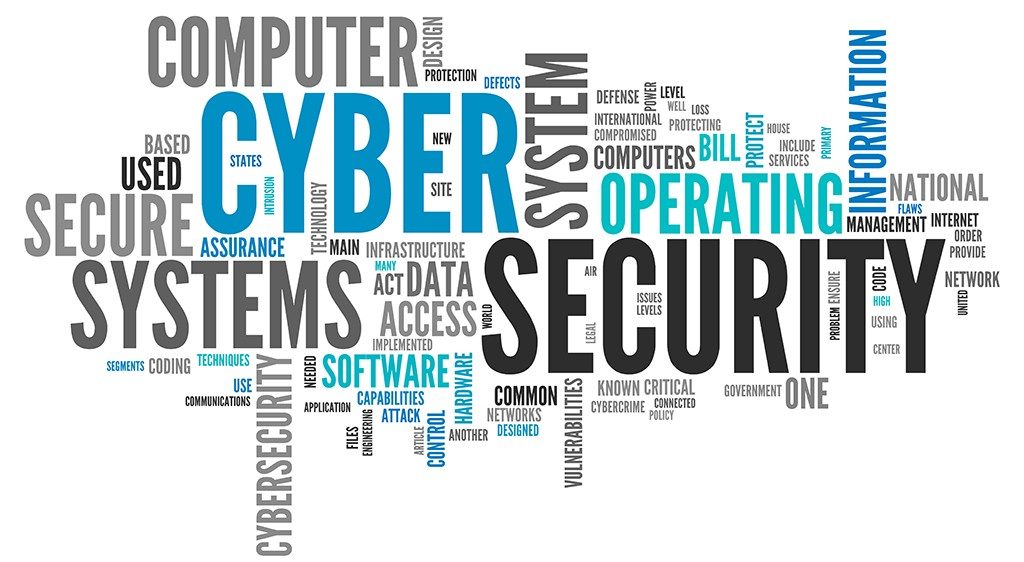How Safe is the Cyber World?

The cyber world is not always safe, and cybercrime is a growing threat:
Cybercrime costs: Cybercrime is expected to cost the world $10.5 trillion annually by 2025.
Cybercrimes against women and children: Cybercrimes against women and children, such as cyber bullying, cyber stalking, and child pornography, are increasing.
Cyber threats to businesses: Businesses are also vulnerable to cyber threats, such as malware, phishing, and data breaches.
Common passwords: Many common passwords can be cracked in less than a second.
To stay safe online, you can:
Avoid sharing your password with anyone.
Don't save your password and username on the browser.
Don't respond to suspicious emails, instant messages, or web pages.
Don't enter your password when someone is sitting next to you.
Don't meet unknown people alone.
Don't open or download attachments from unknown sources.
CyberSecurity and what it's all about:
Cybersecurity is the protection to defend internet-connected devices and services from malicious attacks by hackers, spammers, and cybercriminals. Companies use the practice to protect against phishing schemes, ransomware attacks, identity theft, data breaches, and financial losses.
Cyber security is a discipline that covers how to defend devices and services from electronic attacks by nefarious actors such as hackers, spammers, and cybercriminals. While some components of cyber security are designed to strike first, most of today's professionals focus more on determining the best way to defend all assets, from computers and smartphones to networks and databases, from attacks.
Importance of CyberSecurity:
In today’s digital world, one cannot ignore cybersecurity. One single security breach can lead to exposing the personal information of millions of people. These breaches have a strong financial impact on the companies and also loss of the trust of customers. Hence, cyber security is very essential to protect businesses and individuals from spammers and cyber criminals.
Speaking of Cyber Criminals,
What is Cyber Crime?
Cybercrime is defined as any unauthorized activity involving a computer, device, or network. There are three generally recognized classifications of cybercrime: computer-assisted crimes, crimes where the computer itself is a target, and crimes where the computer is incidental to the crime rather than directly related.
Types:
Cyberterrorism: This threat is a politically-based attack on computers and information technology to cause harm and create widespread social disruption.
Trojans: Like the legendary Trojan Horse of mythology, this attack tricks users into thinking they're opening a harmless file. Instead, once the trojan is in place, it attacks the system, typically establishing a backdoor that allows access to cybercriminals.
Botnets: This especially hideous attack involves large-scale cyberattacks conducted by remotely controlled malware-infected devices. Think of it as a string of computers under the control of one coordinating cybercriminal. What’s worse, compromised computers become part of the botnet system.
Phishing: Hackers use false communications, especially e-mail, to fool the recipient into opening it and following instructions that typically ask for personal information. Some phishing attacks also install malware.
Man-in-the-middle attack: MITM attacks involve hackers inserting themselves into a two-person online transaction. Once in, the hackers can filter and steal desired data. MITM attacks often happen on unsecured public Wi-Fi networks.
Safety tips you should know:
Keep software up-to-date.
Avoid opening suspicious emails.
Use Antivirus and Antimalware software on the electronic devices.
Use a security file-sharing solution to encrypt data.
Use strong passwords.
Backup your data.
Be cautious of phishing scams.
Use password manager.
Use two-factor authentication.
Don’t reuse passwords.